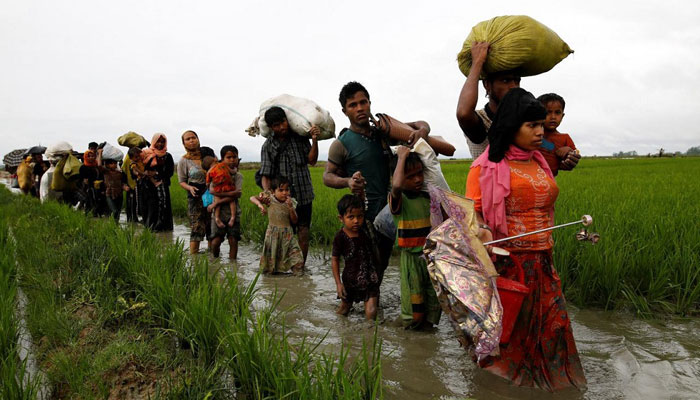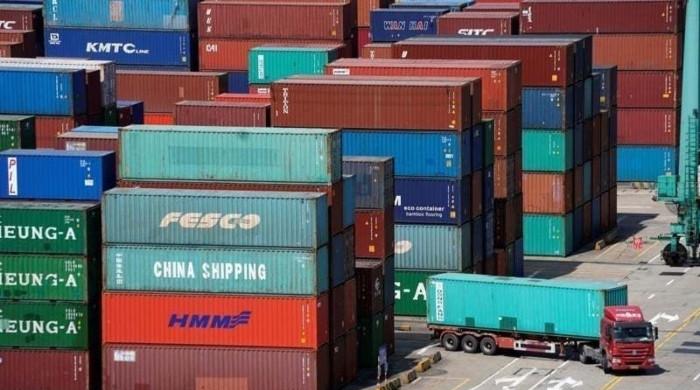Rohingya children
'Her vacant eyes suggest her mind and body are worlds apart. I’ve never seen a child’s face look so empty'
October 26, 2017

Nine-year-old Hamida* has a bandage wrapped around her head and vacant eyes that suggest her mind and body are worlds apart. I’ve never seen a child’s face look so empty.
Her uncle Ali, who cares for her now - despite her being the eleventh mouth he must feed - says she rarely speaks any more. That is, until dusk each evening. That’s when the terror returns.
“She starts to cry and scream out for her mother,” Ali says. “During the day she’s OK, but everything changes at nightfall. She feels a lot of pain. She cannot sleep.”
I learn that Hamida’s mother, father and three brothers were all killed by the Myanmar military forces. Her entire immediate family wiped out in a few minutes.
Soldiers entered their village in Myanmar’s northern Rakhine State and opened fire, setting homes ablaze and killing indiscriminately. In the chaotic scramble for life, people fled into the jungle, including Hamida. There was no time to take anything or save her family.
It was a brutal, planned massacre, says Ali, whose parents were murdered, too.
Thankfully, a group of villagers decided to take care of Hamida. Carrying nothing but the clothes on their backs, they walked for days on end, up and down mountains and through driving rain.
Battered and bruised, they eventually made it to Bangladesh’s Cox’s Bazar district, which is now home to some 800,000 Rohingya, including over half a million who’ve arrived in the past seven weeks.
Most have taken refuge in the makeshift settlements less than an hours walk from the Naf River, which divides the two countries here. They can still see the hills of Myanmar on the other side.
Ali tells me he searched everywhere for Hamida, and eventually caught word that she was in a local hospital. In a time of endless despair, this reunion was a rare joy.
The settlements themselves are a sight to behold. Once lush green hills have been stripped bare. Terraces have been cut into the clay to make space for more bamboo and plastic shelters. When it rains the ground turns into a series of muddy waterfalls, and dirty, contaminated water pools everywhere.
The roads inside the camps are a hive of activity, with large trucks plundering up and down carrying tonnes of aid. Shirtless men run large bundles of bamboo while lone children wander in search of food, money or something to do. Umbrellas are everywhere, protecting people from the harsh sun or heavy rains - it feels as though there’s nothing in-between.
This foreign place is home for Hamida for now, along with more than 300,000 other newly arrived Rohingya children, many of whom spend their days in a similar trauma-induced daze.
Over the past few weeks, I have interviewed nearly two dozen Rohingya women, men and children about what happened in Myanmar and what their lives have become in Bangladesh.
Every single one of them told similar stories of deadly attacks on villages and desperate escapes. The heartbreak is everywhere.
The interviews were raw and emotional. Women wept before my eyes as they recounted their relatives being killed and their homes being turned into a blaze of raging fire.
I’ve deployed to a lot of humanitarian crises over the past five years including places like South Sudan, Iraq and Afghanistan. But I’ve never seen anything like this, where so many people - especially children - are so visibly distressed or traumatised.
Dealing with this trauma will form a critical part of the humanitarian response. Already agencies like Save the Children are running dozens of special playgroups for younger children known as ‘child-friendly spaces.’
*Name changed to protect the identity of the child.
This article has been excerpted from: ‘Rohingya children need support, normality and education.’ Courtesy: Aljazeera.com
Originally published in The News











